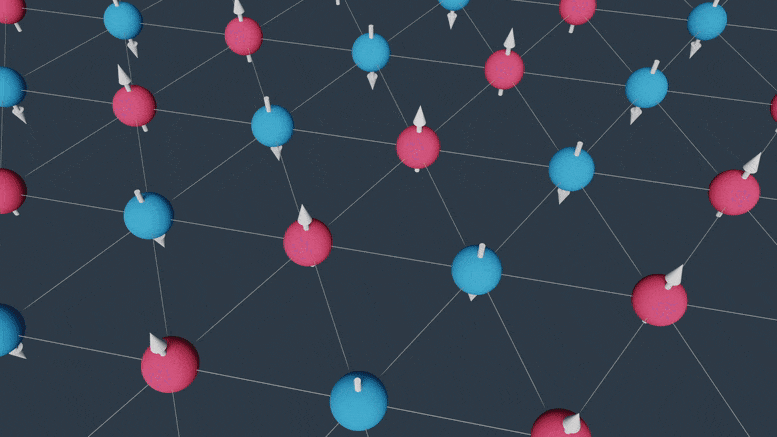‘Geometric frustration’ can cause the electrons in materials with atoms arranged in a triangular pattern to organize in three competing ways simultaneously, reveals a new computational study led by researchers at the Flatiron Institute.
Materials that look like mosaics of triangular tiles at the atomic level sometimes have paradoxical properties, and quantum physicists have finally found out why.
Using a combination of cutting-edge computational techniques, the scientists found that under special conditions, these triangular-patterned materials can end up in a mashup of three different phases at the same time. The competing phases overlap, with each wrestling for dominance. As a result, the material counterintuitively becomes more ordered when heated up, the scientists reported in Physical Review X.










Comments are closed.